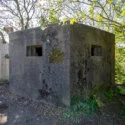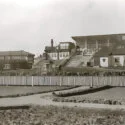Originally established as Blackpool Hospital in 1894, the facility was located on Whitegate Lane (now Whitegate Drive). Its foundation was largely credited to Dr. George Chadwick Kingsbury, a general practitioner who also founded the Fylde Medical Society. Kingsbury played a key role as the first Chair of the Hospital Management Board and later served as Mayor of Blackpool in 1900. His contributions were pivotal in shaping the hospital, and it became Blackpool Victoria Hospital in 1898, following an expansion granted by permission of Queen Victoria. The hospital moved to a new location on East Park Drive in the 1930s, with the foundation stone laid by the Earl of Derby on 9 June 1933. The new facility officially opened in 1936, and with the formation of the National Health Service (NHS) in 1948, the hospital joined the NHS, continuing its legacy of providing healthcare to the community.
Blackpool Victoria Hospital gained national attention when it was featured in the BBC One documentary Blackpool Medics: 10 Days in May, which highlighted the hospital’s work alongside the North West Ambulance Service. A second series of the documentary was aired in January 2008, further showcasing the hospital’s dedication to medical care. Tragically, on 25 July 2010, a nurse named Jane Clough was murdered in the hospital car park by her ex-boyfriend, Jonathan Vass, an ambulance technician. He was later convicted of her murder, a crime that brought national attention to the hospital for devastating reasons.
In another significant event, on 11 September 2018, a patient at the hospital was diagnosed with the monkeypox virus, marking the UK’s second confirmed case of the disease. Today, Blackpool Victoria Hospital is home to various departments, including Accident and Emergency, a Macmillan Cancer Suite, maternity and gynecology services, a cardiac unit, and an intensive care department. The hospital also houses the Lancashire Cardiac Centre, which offers specialist cardiology and cardiothoracic surgery for patients across Lancashire and Cumbria.
In recent years, the hospital has faced significant challenges, particularly in its A&E department. By 2019, the department was already struggling to meet the four-hour treatment target, and the COVID-19 pandemic further exacerbated the situation. Hundreds of patients experienced 12-hour delays each month, placing the hospital among the worst-performing in the country. In 2021, the Care Quality Commission (CQC) described the department as “chaotic,” citing a lack of managerial oversight and awareness regarding safety incidents. The situation became so concerning that in April 2022, the CQC issued an enforcement notice addressing issues with sepsis management. In response, the hospital has implemented several improvements, including the opening of a new ‘transfer of care’ ward in April 2022, designed to assist patients awaiting discharge. Plans are also in place for a new frailty unit and a ‘same-day emergency care’ unit aimed at streamlining services and improving patient care moving forward.
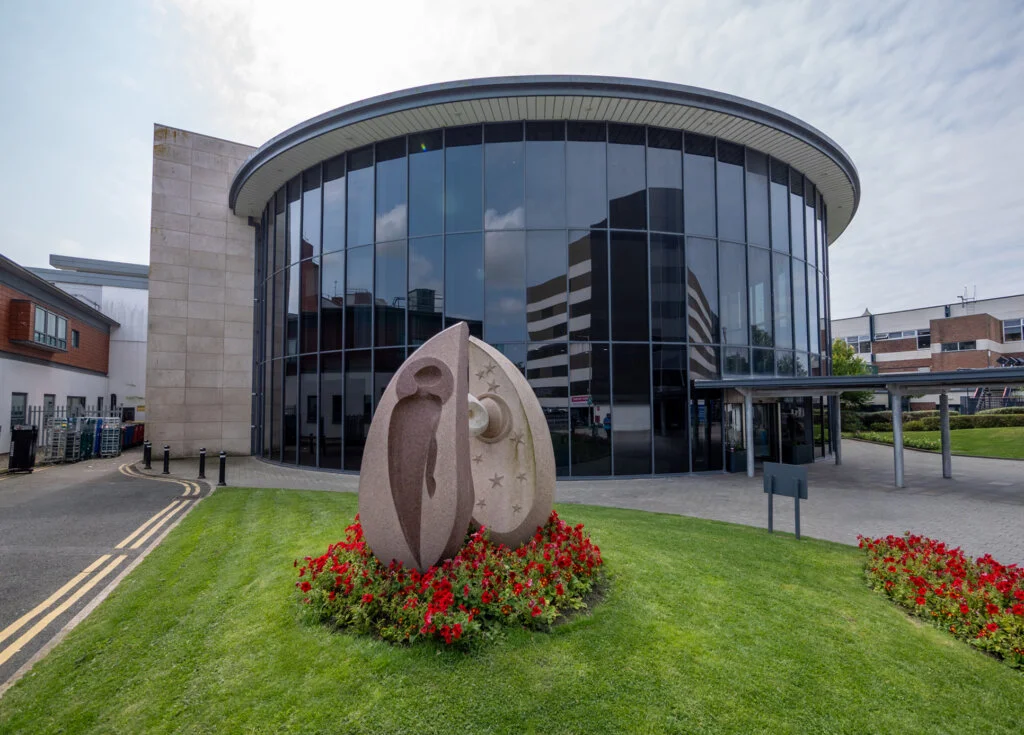
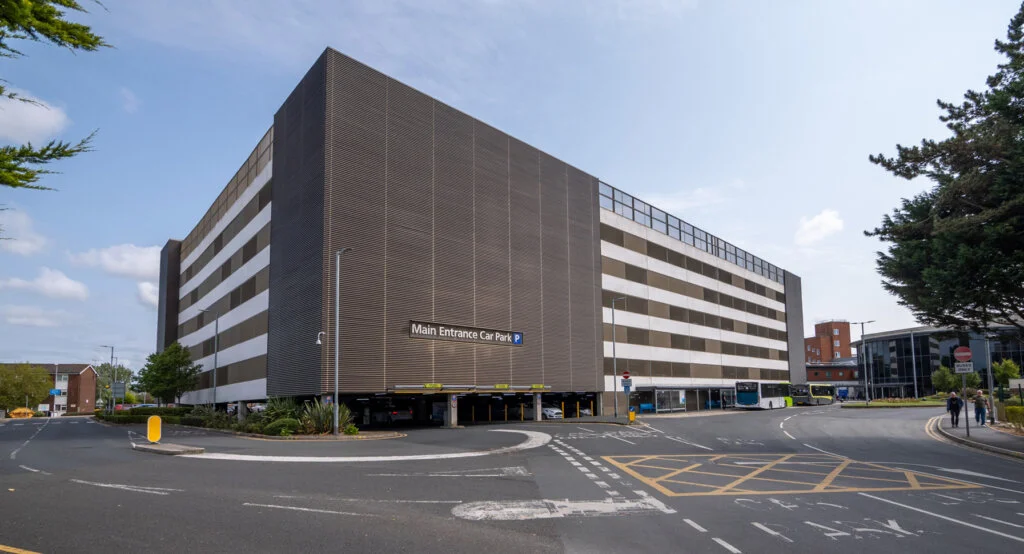
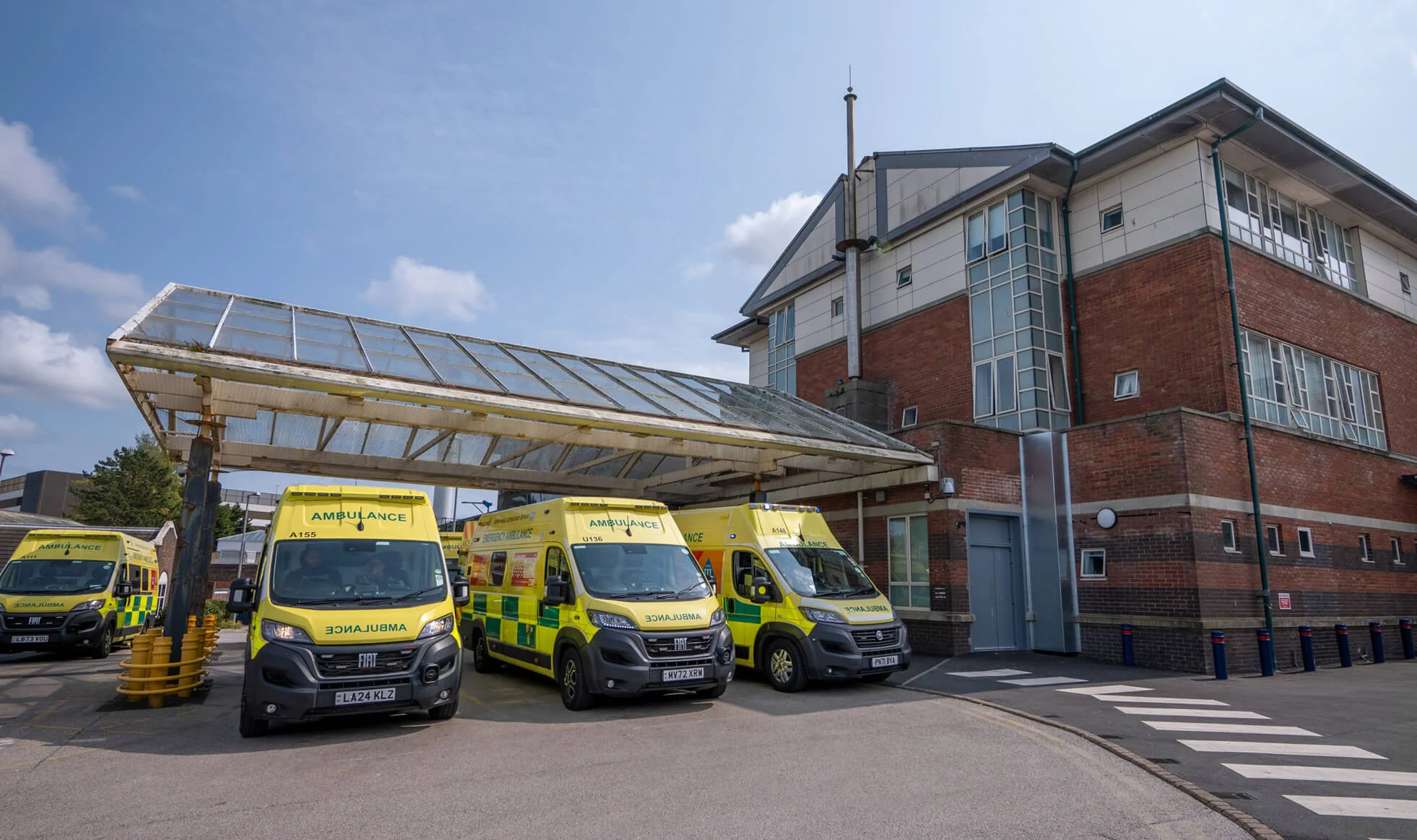
Featured Image © Deeper Blue Marketing & Design Ltd
Images by © Deeper Blue Marketing & Design Ltd




























